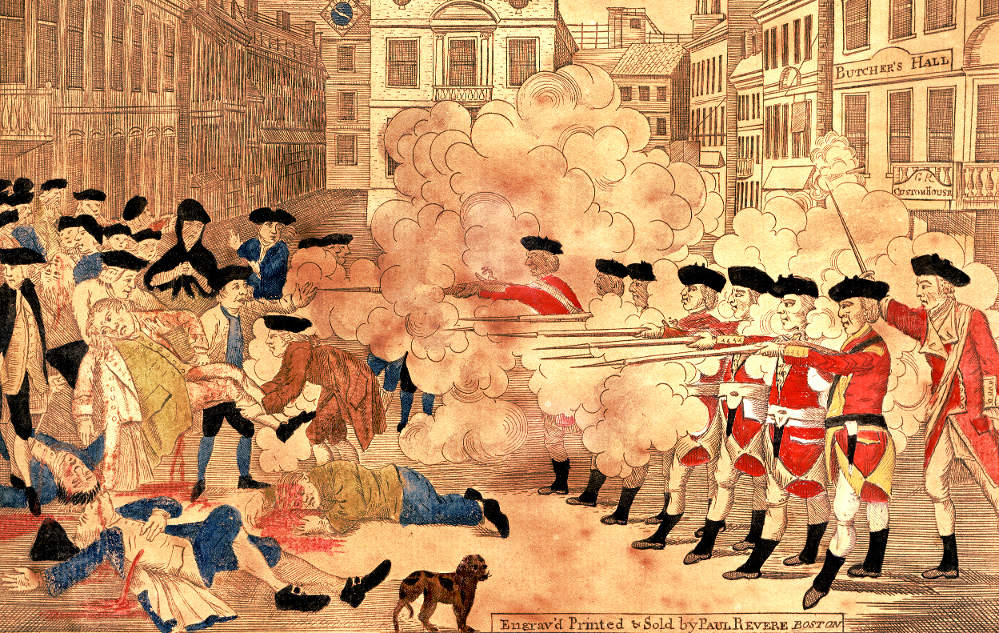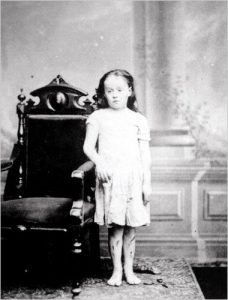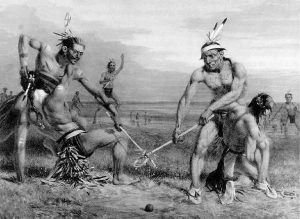On the day of March 5, 1770, roughly around 9:00 p.m. in Boston, Massachusetts, the tension between the Boston colonists and the British soldiers had reached its breaking point. Soldiers at this time were stationed in the colonies to protect and support the colony’s officials implementing the unpopular taxes on the colonists. Eight soldiers and one officer of the Twenty-ninth Regiment had been guarding the Custom-House on King Street when a mob of angry colonists, who were upset about the unfair taxes imposed on them by King George III, began to rally around them. The altercation had begun with the colonists verbally threatening the soldiers, but little by little things became worse. The colonist began to throw rocks and snowballs, and were even taking swings at the soldiers with clubs. Without being given the order to fire upon the colonists, the soldiers began to fire their muskets into the crowd of colonists, instantly killing three people in the mob and wounding eight others, two of whom were later pronounced dead. The five “victims transformed into the first martyrs of American independence,” wrote Hiller B. Zobel. The shooting became known as the Boston Massacre to all people in the colonies and as The Incident on King Street to the people of Great Britain.1
Patriots in Boston, such as Samuel Adams and Paul Revere (who painted the famous depiction of the soldiers firing on the crowd), were quick to have their local papers write about the shooting, labeling it a senseless act of violence on innocent by-standers. They believed this would help them get other Bostonians to hate the British soldiers occupying Boston. Shortly after the incident, by-standers were questioned on what had happened just moments ago, some of whom said they not only saw the soldiers on the streets firing on the people, but that they also saw fire coming from the second story of the Custom-House. The rumor was tested by a ballistics expert named Benjamin Andrews. He was able to track a bullet hole on a window from a business right across the street from the Custom-House, and he determined that the bullet came from “just under the stool of the westernmost lower chamber window of the Custom-House.”2 Local government noticed how much this incident riled up the people of Boston, and were committed to giving the soldiers and instigators a fair trial in court in order to prevent the British government as well as the Patriots from retaliating.
The soldiers had a hard time finding a lawyer to argue their case in court. Officer Preston, however, called for the future president and leading patriot John Adams to defend them. It was said that John Adams agreed to defend Officer Preston and the rest of the soldiers involved in the shooting in order to guarantee a fair trial for them. The town of Boston hired prosecutors Samuel Quincy and Robert Treat Paine to handle the cases of Officer Preston and the soldiers who were involved in the incident. Officer Preston and his soldiers were tried in separate trials.3

Seven months later, in October 1770, Officer Preston’s trial was held. After a lengthy trial, the jury in the case agreed that Officer Preston had not ordered his soldiers to open fire on the angry mob, and ultimately decided that he was not guilty of manslaughter, and he was acquitted from the crime. In the trial held for the soldiers, six of the eight were also found innocent and were acquitted; the two remaining soldiers were not so lucky. The last two soldiers were found guilty of manslaughter and were branded on the thumb as punishment, and then set free. Some people felt that the punishment did not fit the crime, but aside from the branding of the two soldiers, all soldiers involved in the Boston Massacre were withdrawn from the town and were “removed to the castle in the harbor” and were no longer there to enforce the unfair taxes on the people of Boston.4
- Hiller B. Zobel, “The Boston Massacre,” The William and Mary Quarterly, Vol. 27, No. 4, (1970): 675. ↵
- O. M. Dickerson, “The Commissioners of Customs and the ‘Boston Massacre,'” The New England Quarterly Vol. 27, No. 3, (1945): 317. ↵
- Louise Phelps Kellogg, “The Paul Revere Print of the Boston Massacre, “The Wisconsin Historical Magazine of History, Vol. 1, No. 4, (1918): 377-387. ↵
- Louise Phelps Kellogg, “The Paul Revere Print of the Boston Massacre, “The Wisconsin Historical Magazine of History, Vol. 1, No. 4, (1918): 378. ↵



39 comments
Willyloman
Interesting that some of the responders to this article got some of the facts wrong. Officer Preston was not a “Future” President of the United States, and only two of the officers of the original six were found guilty of manslaughter. The punishment of “Branding the thumb” dates back to old English Common Law. Under said law, the officers should have been hanged, not branded . All of the officers were remaindered to the “Castle” (A floating prison located in Boston Harbor) The shot on the Customs house came from a Patriot who was waiting in a business across he street just in case the “Mob” was shot Upon. This clearly shows that the independence movement was under way in Boston way before the Massacre occurred and illustrates the extent that the Patriots in Boston would go to capitalize on this “Incident” and further their cause to revolt against British Tyranny.
Amanda Figueroa
This is a very well written and informative article that describes the Boston Massacre in a very understanding way as if I was learning about it for the very first time. I like how the beginning of the article starts off with the conflict which intrigues the reader to reading more and finding out more information. I hadn’t known about the soldiers being withdrawn from the town which is very surprising to me.
Kelley Salinas
This article was truly expanded my knowledge of the Boston Massacre of 1170. I did not know that five people had died and that the incident started without an order to fire. It was interesting to find out that the two soldiers were put on trial for the incident and their defender, Officer Preston, was the future president of the United States.
Troy Leonard
the fact that great Britain called it an accident is actually very disturbing. I’m not sure that i understand how you accidentally massacre that many people and jut get away with it with out any consequences. it honestly says a lot about a persons integrity .you did a great job at giving is great details about the sad event that took place.
Miranda Yzaguirre
This article told the story of the Boston massacre very well. It is quite amusing how this event is called two different things in two different countries. I also found it amusing that the newspapers were encouraged to lie and say the soldiers just started firing on innocent bystanders. I wonder if the massacre would have happened if the colonists were not throwing things at the soldiers. An interesting read for sure.
Mario De Leon
This is an interesting article great job. It’s a sad event when people are killed. But those who were killed were turned into the first martyrs for Americas independence. It was a very smart move by Samuel Adams and Paul Revere portray this as a senseless killing to get the people motivated to revolt. I did not know about the trails that followed so I thought that was very interesting.
Sergio Cervantes
It is a bit ironic to see that a fellow patriot and future president, John Adams, agreed to represent the soldiers amidst everything that was occurring at the time. How difficult it must have been for J. Adams to agree to this but nonetheless, this shows the type of man he was and the values he had. It is also fascinating to see how quickly news about this “massacre” spread across the entire nation thanks to newspapers and two important leaders who would make a name for themselves during our independence.
Bailey Rider
I really enjoyed reading your article for the second time. I really appreciate how deep into detail it goes and how well all of the information flows together. Your article really sounds like an interesting story that keeps the reader hooked and interested the whole time. The story about how the Boston colonist and British Soldiers started fighting and changed America was a fantastic topic. Thank you for the article!
Erick Martinez
This was a very well written article that was very well easy to follow. I believe more precautions should have been taken to avoid this confrontation from reaching the tragic point it did.This tension between Boston colonists and Boston soldiers should have been accessed by leaders to prevent the soldiers from opening fire on innocent people. It is sad to think this happened on US soil but is an event we have learned from.
Tyler Sleeter
Great article. I have to say that the first paragraph is a great read. I can visualize what is happening as if I was a witness to the event. I was surprised to learn that they had ballistic experts during the colonial period. I was also surprised to learn that John Adams volunteered to be the attorney for the soldiers just to ensure a fair trial. It speaks volumes about the character of John Adams. I like how you gave both sides of the event.